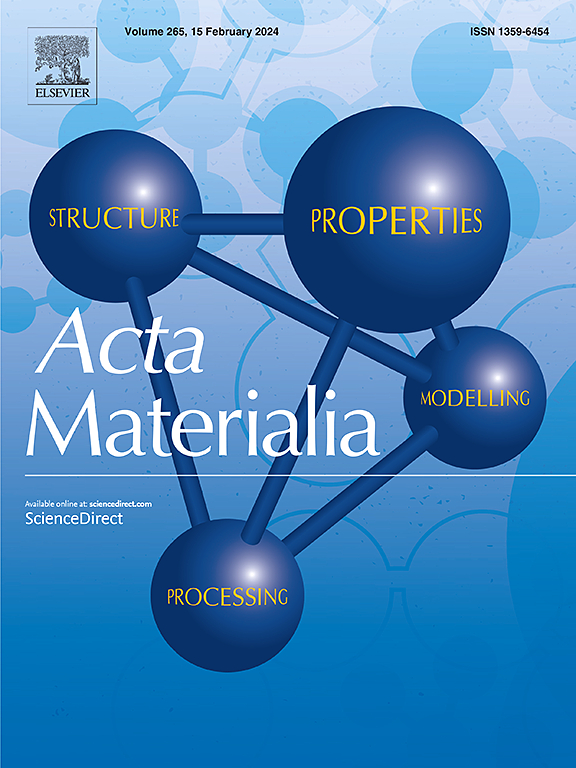快速扫描量热仪:从热分析到玻璃设计
IF 9.3
1区 材料科学
Q1 MATERIALS SCIENCE, MULTIDISCIPLINARY
引用次数: 0
摘要
这项工作表明,快速差示扫描量热法可以作为预测玻璃设计的工程快速探测工具,而不仅仅是用于热分析。对金系金属玻璃首饰的研究表明,通过控制冷却速度、淬火温度、退火温度和退火时间可以实现不同类型的玻璃态。这些相同成分的不同状态就是有核和没有核的玻璃,还有晶体。特别是,核的形成可以通过冷却速度、淬火温度或退火参数来控制,从而导致结晶机制的显着差异。这提供了调整各种等构型玻璃态的机会,而不是成分,以实现适合不同应用的广泛性能,例如坚韧和可变形的结构玻璃,用于增材制造的稳定玻璃,或具有优异软磁性能的金属-玻璃-纳米晶体复合材料。提供了一种通过快速差示扫描量热法容易建立的热处理图的构造方法,指导材料的生产。本文章由计算机程序翻译,如有差异,请以英文原文为准。


Fast scanning calorimetry: From thermal analysis to glass design
This work shows that fast differential scanning calorimetry can be used as an engineering fast-probing tool for predictive glass design rather than for thermal analysis only. The examination of Au-based metallic-glass jewelry reveals different types of glassy states that can be achieved by controlling the cooling rate, quenching temperature, annealing temperature, and annealing time. These different states of the same composition are glasses with and without nuclei, and with crystals. In particular, the formation of nuclei can be controlled by the cooling rate, quenching temperature, or annealing parameters, leading to significant differences in the crystallization mechanism. This offers the opportunity to adjust various iso-configurational glassy states, rather than compositions, to achieve a broad range of properties suitable for different applications, such as tough and deformable structural glasses, stable glasses for additive manufacturing, or metallic-glass-nanocrystalline composites with excellent soft magnetic properties. A methodology for constructing thermal-processing maps, readily established via fast differential scanning calorimetry, guiding materials production is provided.
求助全文
通过发布文献求助,成功后即可免费获取论文全文。
去求助
来源期刊

Acta Materialia
工程技术-材料科学:综合
CiteScore
16.10
自引率
8.50%
发文量
801
审稿时长
53 days
期刊介绍:
Acta Materialia serves as a platform for publishing full-length, original papers and commissioned overviews that contribute to a profound understanding of the correlation between the processing, structure, and properties of inorganic materials. The journal seeks papers with high impact potential or those that significantly propel the field forward. The scope includes the atomic and molecular arrangements, chemical and electronic structures, and microstructure of materials, focusing on their mechanical or functional behavior across all length scales, including nanostructures.
 求助内容:
求助内容: 应助结果提醒方式:
应助结果提醒方式:


